About Rosemary
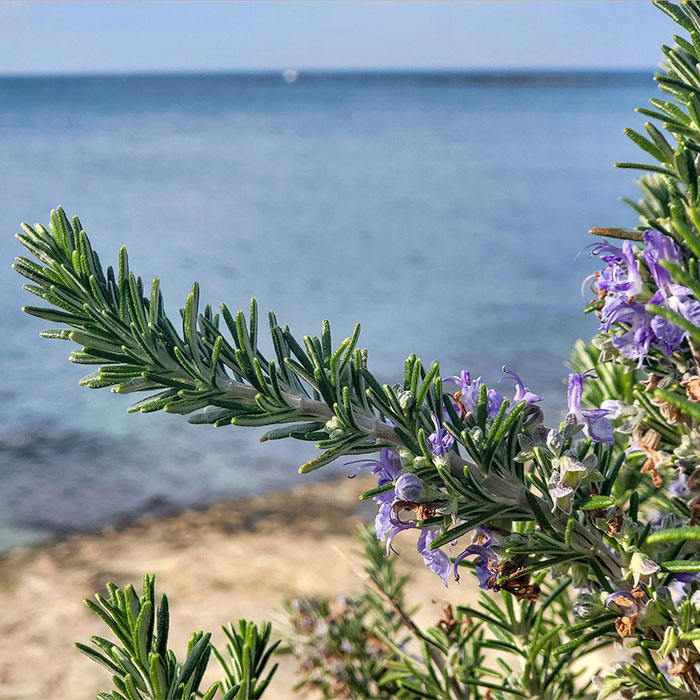
1. Dew of the sea
The name rosemary has nothing to do with roses or anyone named Mary. It is from the Latin: ros, meaning dew, and marinus, meaning sea. It is a plant of the Mediterranean, growing on craggy hills by the ocean. Perhaps the dew in the name is for the lighter underside of the leaves, which look frosted by dew.

2. All I need is light…
Rosemary needs light to live, which it gets plenty of in its homeland. It won’t survive winter outside in Canada, and if you bring it inside, it may die in the dark months because it simply won’t get enough sunlight. The herbs cannot photosynthesize or use nutrients from their soil. They need five to six hours of sunlight a day to survive. Put your plant in the sunniest south-facing window you have and it may survive until spring.
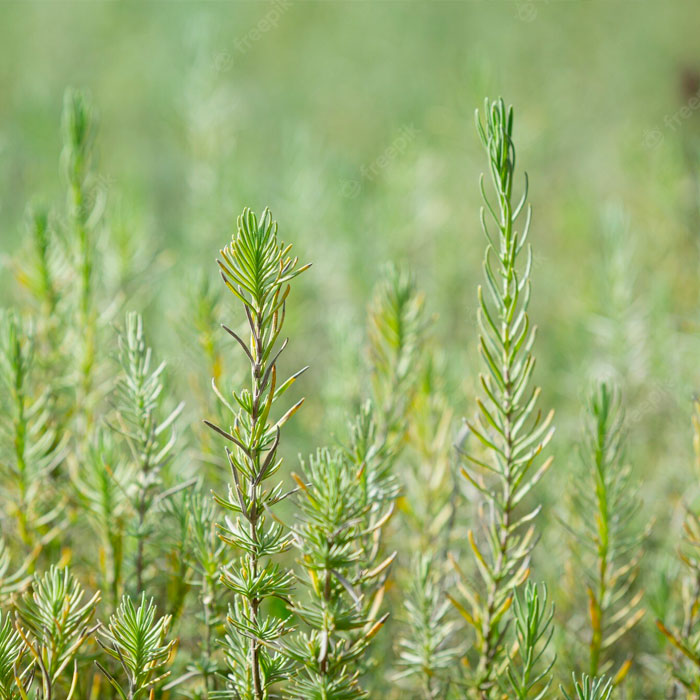
3. Look to the leaf.
Leaves can tell you many things. The grey colour of rosemary attests to the fact that this is a plant that needs plenty of direct sunlight. Rosemary leaves that appear dull and lackluster indicate that the plant probably needs water. Healthy rosemary leaves have a dull sheen.
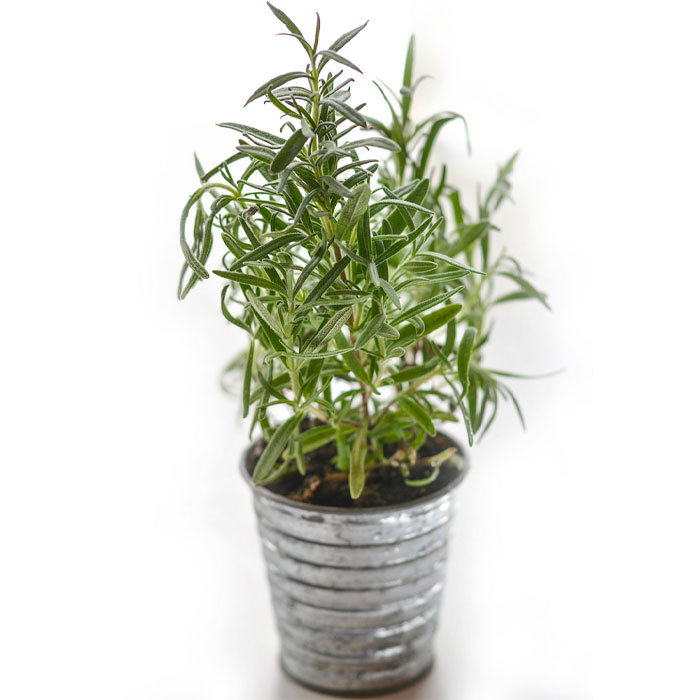
4. Don’t drown me.
While you should not let rosemary dry out completely, don’t over-water. Good drainage is essential, so water your plant in the sink and let the water run through; then leave it there until it stops dripping. Add sand to the mix of soil you use for potting up rosemary and reduce the amount of peat (if any) used. Compost is fine. Rosemary prefers an alkaline soil and peat-based mixes tend to be more acidic than the plant likes.
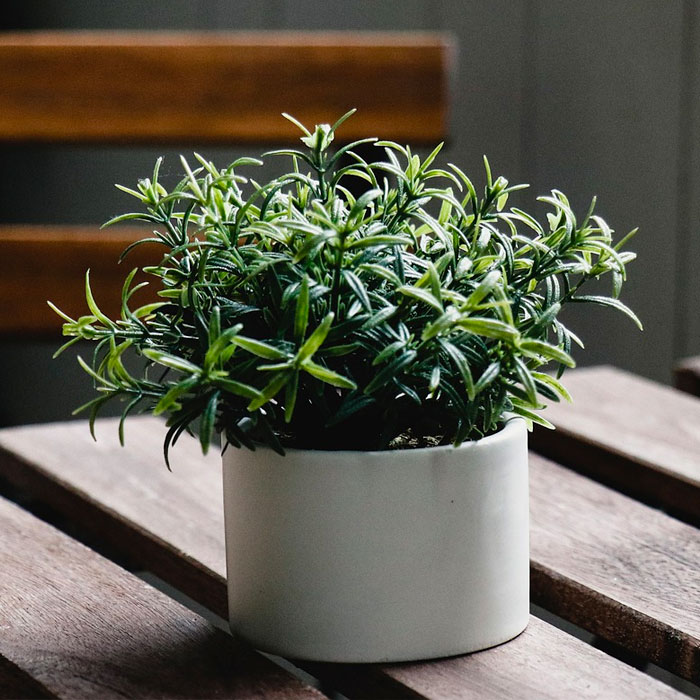
5. No fertilizer needed.
Rosemary is a tough little plant and can fend for itself if given water that drains well and plenty of light. It really doesn’t need fertilizer. If you can’t resist adding a tonic, give it a dose of seaweed tea in springtime.
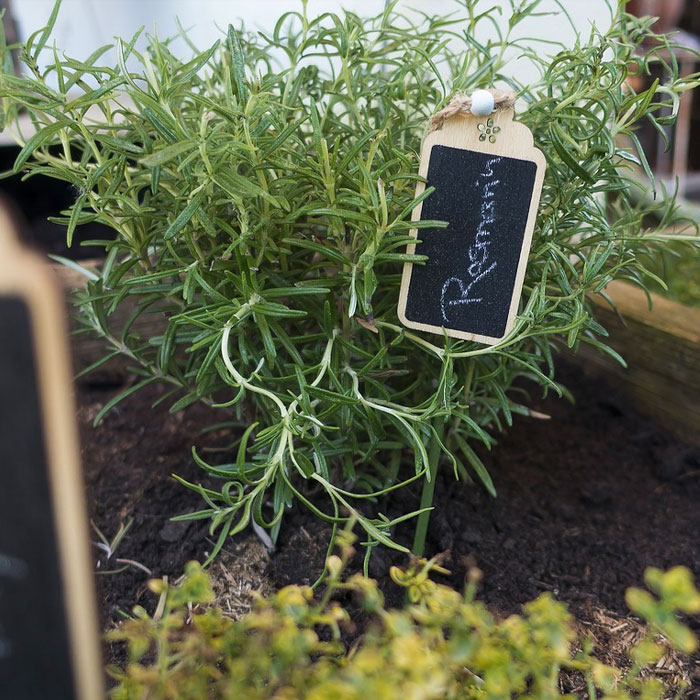
6. Making little rosemarys.
Propagation is quite simple. Just stick a soft tissue cutting in soil. To hurry up the process, strip off the bottom few leaves and touch the tip up with rooting hormone. You can also layer rosemary to get new plants: In the garden, choose a long stem and strip away about an inch of bark and leaves, three inches from the tip of the plant. Pin the stripped part to the ground and cover it with soil. When new growth appears at the tip, cut your brand-new baby plant from its mother.
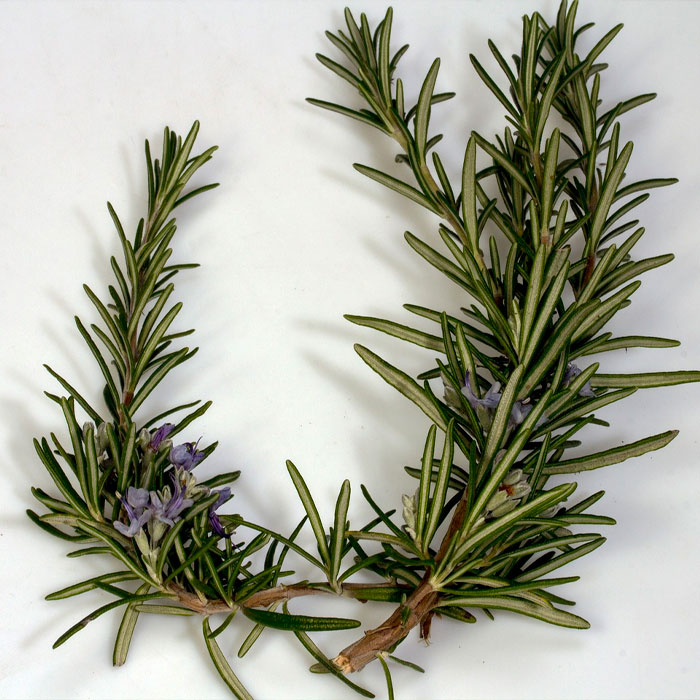
7. Keeping witches at bay.
A few sprigs of rosemary on your doorstep should keep witches away. If you are troubled by nightmares, put a sprig under your pillow. In other traditions, a sprig under your pillow may make you dream of the person you will marry. Also, poking one person with a sprig of rosemary then another person would cause them to fall in love.
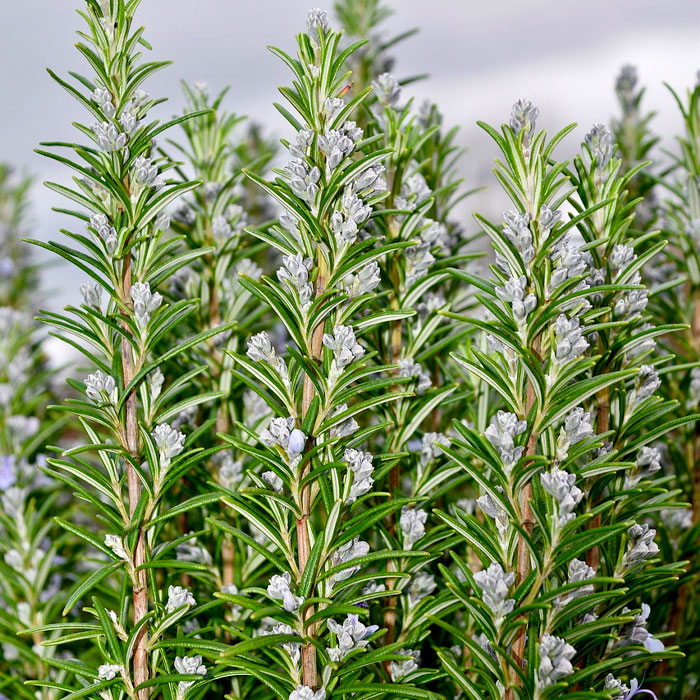
8. When rosemary grows up.
In its natural setting, upright rosemary can become quite a robust plant, growing about five feet tall and even taller when supremely happy. There is also a prostrate, trailing variety. It gets little blue, lavender, pink or white flowers that really show off its charms to the best advantage.

9. Rosemary’s companions.
It’s a wizard in the kitchen, pairing up very naturally with lamb, but also with chicken and potatoes and carrots. Rosemary adds a real sparkle to spaghetti sauces. It is strong enough to stand up to game and goes nicely with beef. If you’re feeling adventurous, add a few snips to salad.
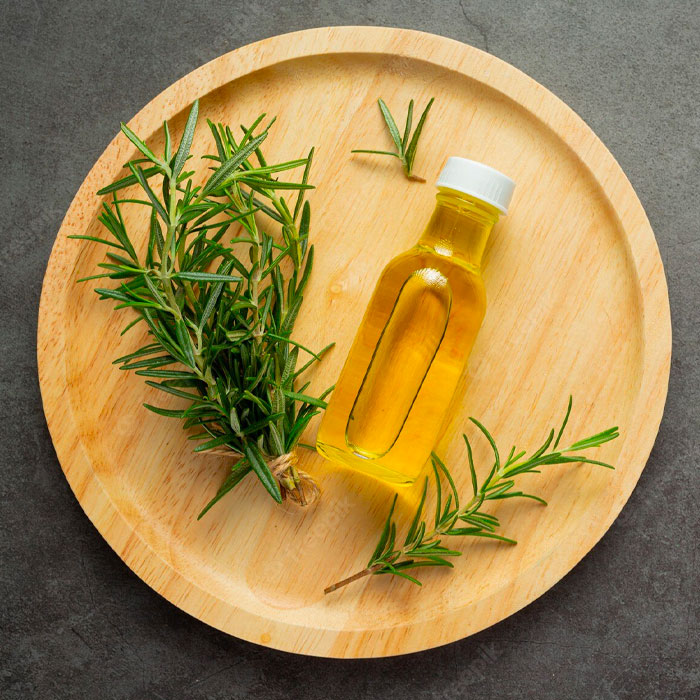
10. Lest we forget.
Rosemary is the herb of remembrance and has been studied for use in treating Alzheimer’s, Parkinson’s and Long Covid. Carnosic acid in rosemary fights off free radical damage to the brain.
– Dorothy Dobbie Copyright©
Pegasus Publications Inc.





